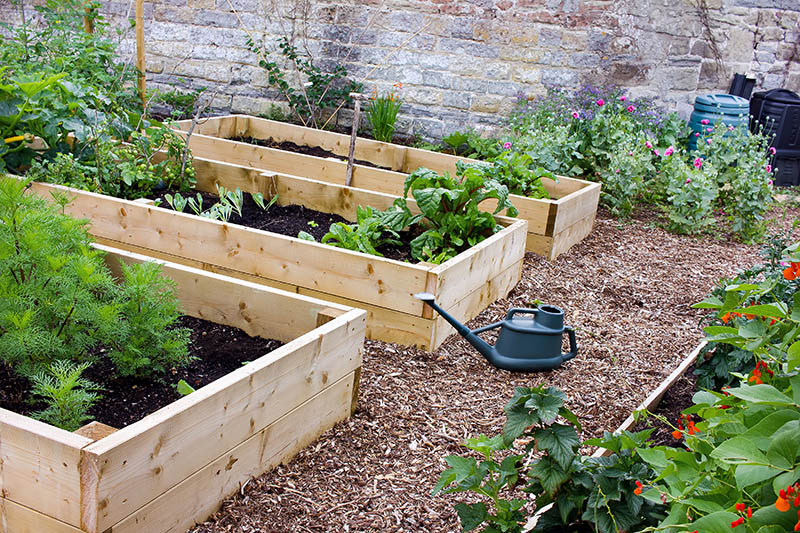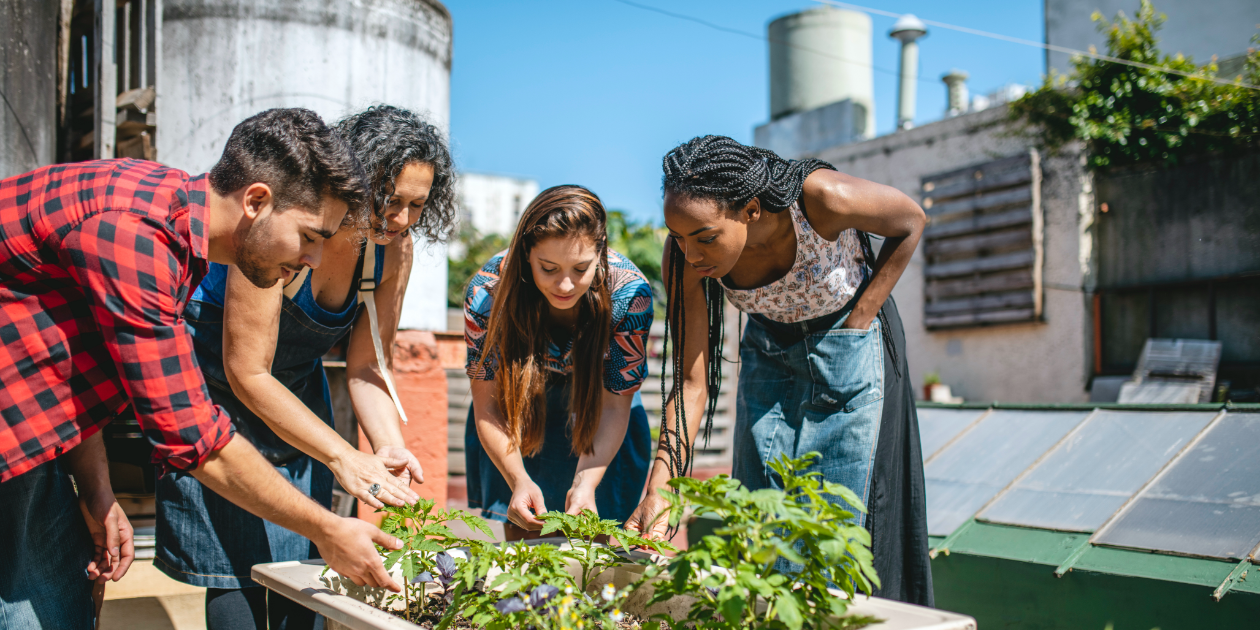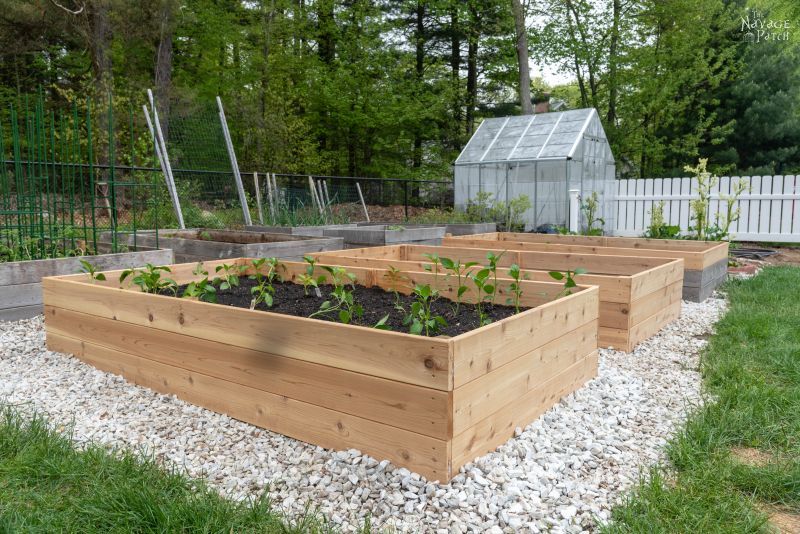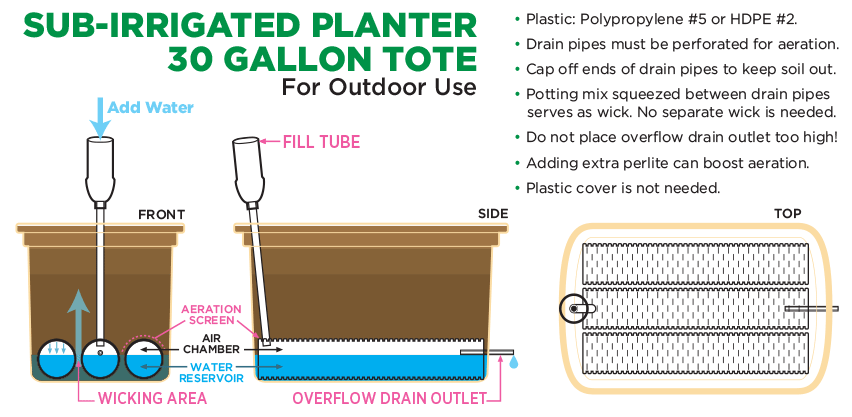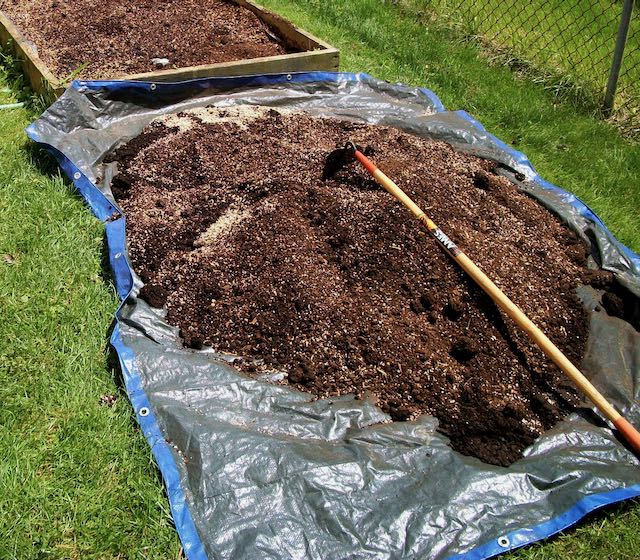Gardening Tips And Tricks For Beginners
If you're new to gardening, this article has got you covered with helpful tips and tricks to get you started. Whether you are looking to create a herb garden or a lush backyard oasis, this article will provide you with all the necessary information, including selecting plants that are suitable for your region and how to effectively nurture them. So, let's begin by putting on your gardening gloves and dive into the world of gardening.
For beginner gardeners, having a strong understanding of the basics is essential as it forms the foundation for the well-being and growth of plants. By understanding the needs of different plants, such as sunlight, soil, and water, gardeners can provide the ideal environment for their greenery. Moreover, gardeners can maintain the well-being and liveliness of the garden by acquiring knowledge about common pests and diseases, recognizing them, and using effective preventive and remedial measures. With a solid comprehension of the fundamentals, novices can navigate the gardening world and enjoy the fruits of their labor.
Preparing The Garden Space
When preparing the gardening area, it's important to choose a location that provides the plants with adequate sunlight. Some plants thrive in partial shade while others need full sun. The soil drainage of the spot should also be considered, as some plants require damp conditions while others need well-drained soil. Additionally, it's essential to consider the proximity of the garden to the water source as regular watering is essential for the development and maintenance of plants. Gardeners can ensure optimal growth for their plants by selecting the appropriate location for their garden.
Before planting, it is recommended to eliminate all debris and weeds to give the plants enough space to develop and thrive. Adding organic matter amendments is also advised to improve soil fertility and increase nutrient levels. This will provide the plants with a strong foundation to develop robust root systems and absorb essential nutrients. By implementing these preliminary tasks, you can create favorable conditions for the plants to flourish in a healthy and clean environment, resulting in a higher yield during harvest.
To enhance the quality of your soil, it's important to check its pH levels and nutrient deficiencies. Based on the results, you can adjust the pH by adding lime or sulfur, and use fertilizers to address nutrient deficiencies. Healthy and nutrient-rich soil will encourage the growth and development of your plants, making them stronger against pests and diseases.
Selecting Plants
When selecting plants for your garden, consider factors such as your area's climate, the plants' ability to withstand different temperatures, and the amount of water and sunlight they require. Choose plants that are well-suited for your garden to ensure their continued growth and prosperity. Additionally, consider the function and aesthetic appeal of the plants. By selecting the correct plants, you can create a stunning and practical garden.
It's important to consider the level of maintenance required for each individual plant. Some plants may require regular fertilization, watering, and pruning, while others may be much more self-sufficient. If you're a novice gardener or have limited time for gardening, opt for low-maintenance plants that will endure neglect but still flourish. On the other hand, if you have the resources and time available, you can opt for plants that need additional attention. It's crucial to strike a good balance between your dedication to the plants' requirements and the garden.
For novice gardeners, starting with easy-to-maintain plants such as succulents or herbs like mint and basil can help build up their gardening skills and confidence. Native plants are also usually more robust and hardy, so it's essential to select the right type of plant that is suited to your environment.
Planting Techniques
It's important to learn about direct sowing and transplanting seedlings, as well as other planting methods. Direct sowing involves incorporating seeds directly into the soil, while transplanting seedlings involves starting seeds indoors and transferring them outside after a certain age. Each strategy has advantages and disadvantages, making it crucial to determine which one is most effective for a particular plant type.
To ensure optimal growth, it's important to adhere to the recommended spacing guidelines, which will minimize resource competition and allow the plants to thrive. Overcrowding can lead to inadequate growth and reduced harvest, so paying attention to this aspect is crucial when sowing seeds directly into the soil. Transplanting seedlings allows for better control over their arrangement, helping to evenly distribute them and enhance their potential for development.
Providing sufficient water and sunlight is crucial for optimal plant growth. Water is essential for plants to take in nutrients and carry out vital biological functions. Providing the right amount of water according to their specific requirements is crucial to prevent the soil from becoming too saturated. Similarly, plants need sunlight to undergo photosynthesis, which is crucial for their overall development and growth. Understanding the specific lighting needs of your plants and positioning them in locations that receive the appropriate amount of sunlight each day will maximize their growth and ensure a bountiful harvest while maintaining their well-being.
Necessary Tools For Gardening
You are going to need to find the appropriate gardening tools such as watering cans, a trowel, and pruning tools. A trowel is necessary for the task of growing and moving young plants, whereas pruners are utilized to trim and mold plants. Plants need a watering can to supply them with the correct amount of water without causing harm. These power tools are going to make your gardening tasks easier and more productive, allowing you to take care of your plants properly and ensure their health and growth.
You likewise need to be familiar with how each item is used and the way to use it properly. Proper utilization of pruning tools, such as trowels, can damage or even harm plants. It's crucial to adhere to the guidelines provided by the producer while using any tool. To reduce the risks of crashes, it's recommended to wear safety goggles and gloves while using these resources. You can enhance the productivity of and enjoy a good gardening experience by understanding the proper and safe usage of each tool.
Garden equipment must be properly stored and maintained for long-term use. Routinely cleaning and oiling your tools after each use can prolong their lifespan and prevent rust. Another option would be storing them in a dry and secure place such as a storage shed or garage, ensuring their protection from severe weather conditions and maintaining their safety. By applying these easy steps, one can achieve long-term monetary savings as they reduce the necessity of frequently replacing tools.
Basic Care and Maintenance
Maintaining a garden requires essential upkeep and preservation to ensure the long-term health of your plants. Some of the fundamental activities involved in garden maintenance are watering, removing weeds, and using fertilizer. To encourage the development of strong roots and enhance their ability to resist drought, it's important to water your plants deeply and less frequently rather than shallowly and frequently. Weeding is also crucial to prevent unwanted plant life from competing with your plants for nutrients and sunlight. Applying fertilizer according to the needs of your plants is necessary to ensure their healthy growth.
By using the appropriate fertilizer, weeding carefully, and watering your plants regularly, you can ensure their long life and good health. This will allow your plants to flourish and transform your garden into a visually appealing and vibrant space. Therefore, dedicate your essential attention and focus to your plants, and enjoy the thriving growth of your garden.
Gardening Tips For Winter That You Can Use
Gardening Ideas For Your Front Yard
Patio Gardening Ideas For You
Raised Bed Gardening Ideas That You Can Use
How To Use Sub-Irrigated Planters In The Garden
Links:

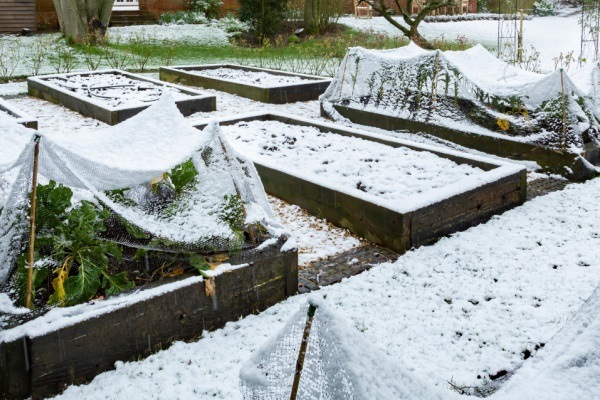


:max_bytes(150000):strip_icc()/building-a-hydroponic-garden-5086086-hero-88d01a2d2a6e47f8a0bbe3d9994c8d98.jpg)
:max_bytes(150000):strip_icc()/mld106425_0311_containrs033_vert-1f54258c36d448a6a650b7c523013224.jpg)
